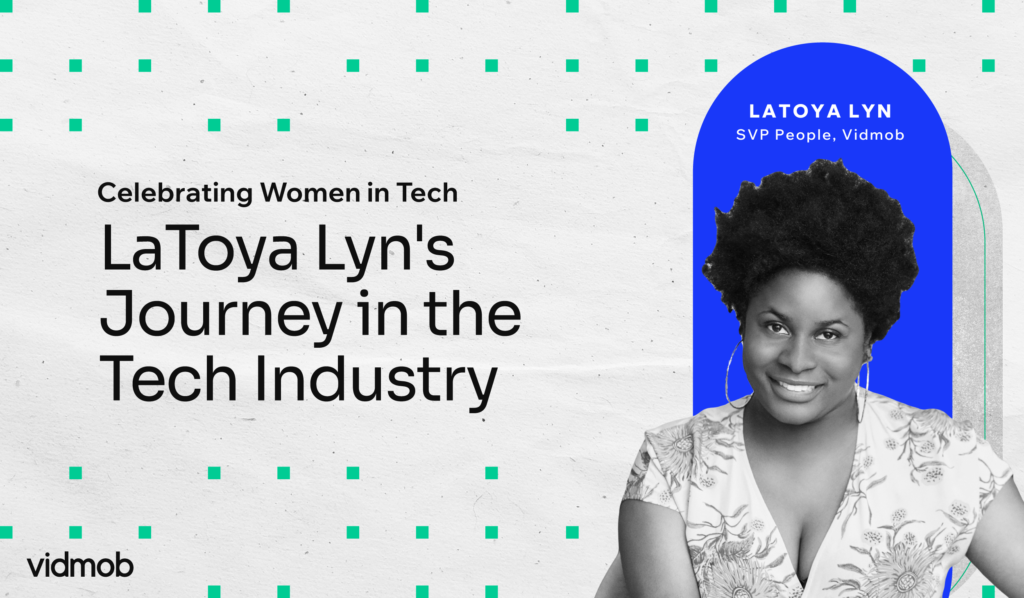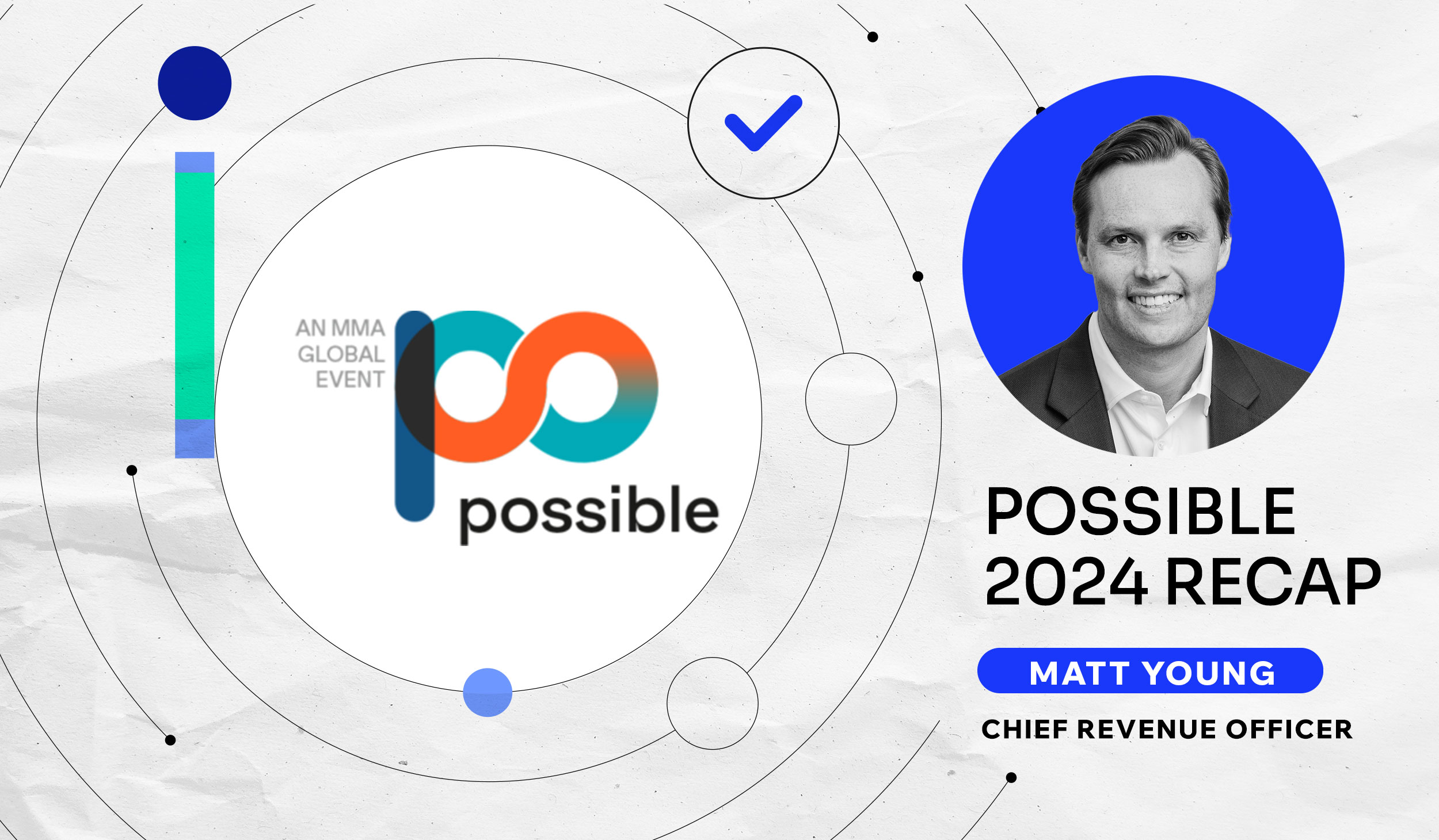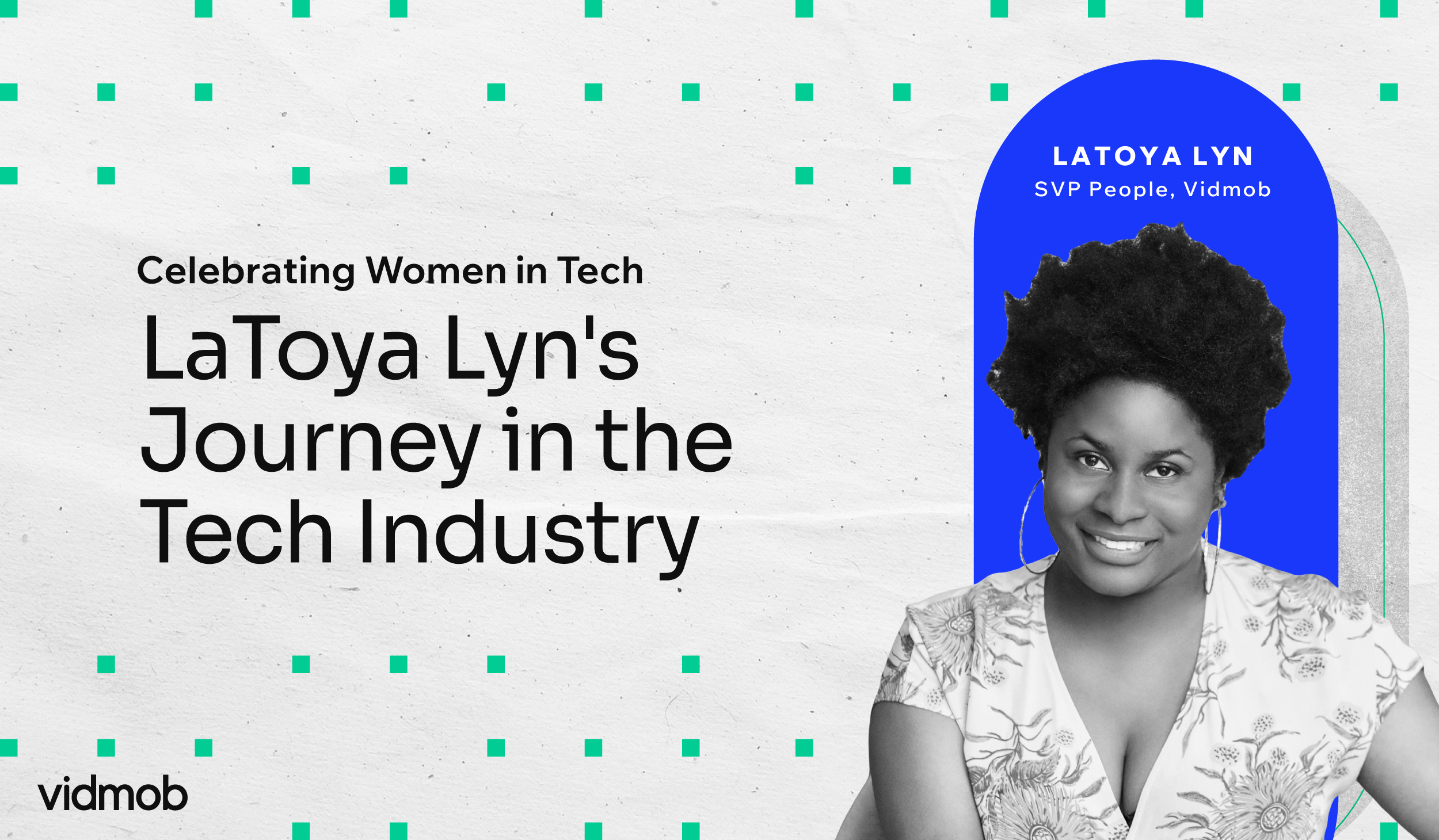The Probabilistic Future is Here

Digital advertising has benefitted from high-quality, highly granular signals to drive ad delivery with absolute precision. The data that went through this decision-making was so precise that platforms could easily roll out algorithms and models on top of their existing CPU-based infrastructures. Here, the data in use is categorized as deterministic identifiers, mainly device and user identification paired with a robust signal of actions. Before App Tracking Transparency (ATT), this action data was rich, and it was relatively easy to build ad targeting and delivery systems around it. This also meant that the more expensive GPU-based systems were optional to create a highly effective ad platform. ATT changed all that.
Without user conversion data that are guaranteed to be accurate, systems must deal with data uncertainty to predict outcomes. Marketers now depend on these platforms to develop new models to drive performance without certainty of data precision. No longer can ad networks rely on this high-quality granular data to guarantee outcomes in ad targeting.
Today every platform is running to reinvent its targeting and delivery systems, driven more by GPU-intensive probabilistic identifiers. This is a sizable investment when we consider the scale of these platforms, such as Meta and Google. Dave Wehner, Meta’s CFO, acknowledged this in the Q3 earnings call.
First, we are significantly expanding our AI capacity. These investments are driving substantially all of our capital expenditure growth in 2023. There is some increased capital intensity that comes with moving more of our infrastructure to AI. It requires more expensive servers and networking equipment, and we are building new data centers specifically equipped to support next generation AI-hardware. We expect these investments to provide us a technology advantage and unlock meaningful improvements across many of our key initiatives, including Feed, Reels and ads.
While there is no doubt that Meta and Google have the resources to respond to this, it will take time and is only part of the solution.
Since the start, we have known that creative is a significant driver of performance. However, until we launched Intelligent Creative, there had never been systems or data streams to bring explainability to creative at the scale of digital advertising. To complicate it further, understanding how users engage doesn’t have a clean and absolute set of signals. All performance data is tangled up in ad delivery variations of format, placement, network, and objective. Our starting point from day one has been dealing with data uncertainty. We’ve been investing for years in systems and models that bring probabilistic identification to creative concepts that drive performance. We’re driving a new field of creative insights, scoring, and analytics by identifying tactical elements and strategic creative concepts paired with performance data.
To do this, we’ve architected a Service-in-the-Loop model, a variation on Human-in-the-Loop, commonly found in building AI systems. Our Service-in-the-Loop architecture captures activities and human decisions across a variety of services enabled by our platform, some provided by us and others by customers and agencies using our software. This data network effect creates data flywheels that allow us to bring new value to our clients by training new models, building new data products, and delivering first-in-class Intelligent Creative insights to users.
The reality is that creative has always been probabilistic. As a result, even though Meta and Google will eventually get to probabilistic solutions of similar accuracy to their deterministic predecessors, Intelligent Creative solutions like VidMob’s are already adding real value to many marketers today who have decided not to wait.
Ready for a taste of that creative power? Get in touch today.





